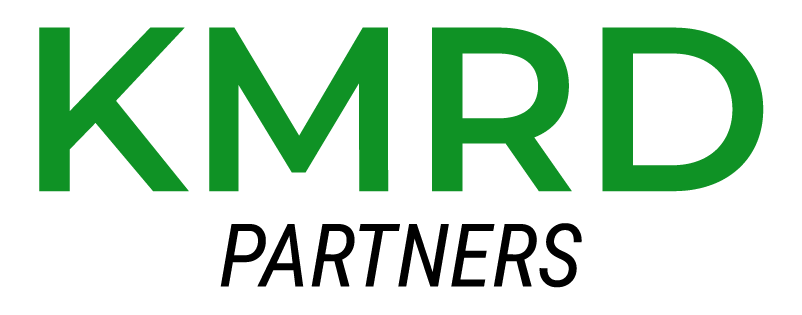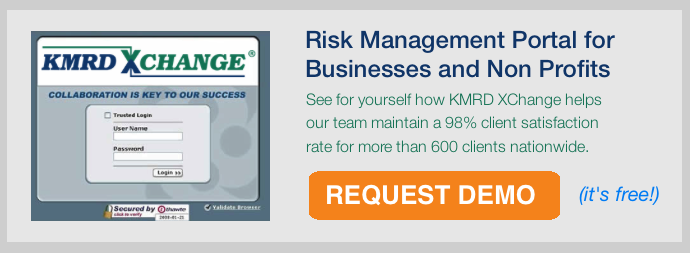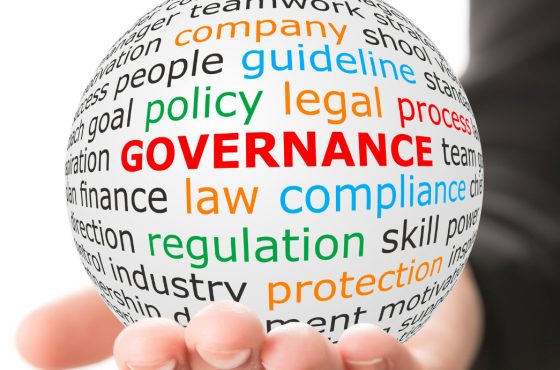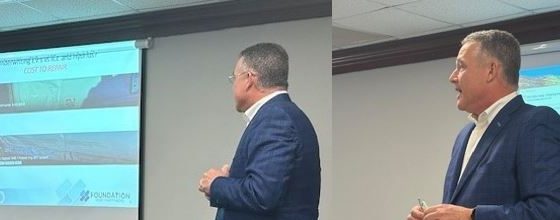15 Construction Insurance Considerations to Help Manage Contractor Risk
Contractors should expect much more from their insurance brokers than to simply negotiate pricing and terms and conditions for their construction insurance programs.
Safety, claims management, contractual risk transfer support, bid and accrual support, loss sensitive adjustment forecasting, construction defect allegation strategies and more are all important elements of a successful risk management program. Unfortunately, brokers with insufficient experience and knowledge in construction insurance and construction risk management can either misunderstand or not even be aware of these critical elements. The result is often financially painful or even ruinous to the contractor.
This is why it is critical for you to work with insurance brokerage professionals who understand every component of your operations, along with all elements of the insurance paradigm. “Off the Shelf” construction insurance and risk management programs are usually insufficient to meet your needs.
We recommend checking your construction insurance coverage with a trusted professional. It is much better to have invested in recurring reviews prior to an insurable event.
Would you like to learn more about the KMRD Advantage?
See the four pillars of the KMRD Advantage →
Below are 15 construction insurance considerations for managing contractor risk:
1 – Contractual Risk Transfer
Vicarious liability describes what happens when a person or entity is or can be held legally liable for the results of another person’s or entity’s actions. Contractual risk transfer is the least expensive way to transfer and reduce vicarious liability for contractors who seek to avoid financial costs resulting from bodily injury or property damage to a third party caused by a subcontractor. A trusted broker can assist with creative ways to reduce exposure to those organizations where a contractual relationship exists. Whether you have the leverage to pass your negligence to a subcontractor or you are forced to absorb the risks of the entire chain of players, your broker can help you measure and minimize your exposures. Often insurance programs do not dovetail with a contractors contractual obligation which can lead to expensive uninsured disputes.
See also: 6 Critical Insurance Provisions in Commercial Leases
2 – Job Pre-Qualifications
Owner/municipality contract requirements are becoming more and more complicated and comprehensive. The insurance program of a General Contractor should be negotiated in a broad enough manner ensuring compliance without asking. Your broker’s goal should be to decrease the amount of friction associated with this process so you can do what you do best – focus on your business.
3 – Bid & Accrual Support
This activity needs to be done quickly to meet strict project deadlines. Bid accrual and support assists the insured in pricing its products and services. The broker should also be prepared to assist the insured in projecting the impact of business changes on insurance costs.
4 – Loss Sensitive Adjustment Forecasting
This forecasting activity of how a loss sensitive program changes at various loss levels assists the insured in budgeting costs and cash flows.
5 – Design Risks
Contractors are increasingly assuming more design responsibilities on projects. While this is good news along with the additional project influence, new risks to the contractor must be analyzed.
6 – Construction Defect Allegations
These types of allegations, which include those involving subcontractors, mold and EIFS, need to be understood and addressed. Different carriers have different positions on these issues with drastically different levels of protection. Your construction insurance broker must understand and explain to you where your carrier stands regarding these issues before an insurable event occurs. They can then make necessary adjustments.
7 – Workers’ Compensation Exposures
Workers’ compensation insurance provides for medical care, rehabilitation and lost costs for injured workers, as well as death benefits for the dependents of persons killed in work-related accidents. These exposures need to be analyzed in detail to identify root causes of loss and uncover new practices and programs to avoid future injuries.
See also: KMRD’s Reduced Workers Compensation Costs $369,460 in First Year
8 – Mobile Equipment and Installation Floater
These insurance programs need to be designed to meet the needs of each construction company’s unique operations.
9 – OCP, Railroad Protective, or Builders Risk
These quotes need to be turned around quickly so the insured can include accurate costs and coverages in bids.
10 – Safety & Loss Control
Is your broker assisting with your safety challenges? Does your broker understand the myriad challenges surrounding the safety of your employees and customers? The US Bureau of Labor Statistics has recorded an average of 4,500 annual workplace fatalities during the past several years. These deaths and far more injuries exert egregious personal and financial losses on affected workers, their families and businesses. In addition, they affect a firm’s Workers’ Compensation Insurance costs. Your broker should work with you to include safety in your service plan, so as to improve loss mitigation programs and safety culture across your entire organization.
11 – Claims Advocacy
Your broker must make sure your claims are handled with a sound resolution strategy to meet your goals and objectives. He or she should understand and overcome the communication challenges associated with claims. The claims process is where “the rubber meets the road” when transferring risk to insurance products.
See also: Why the KMRD Claims Advocacy Process Is the Best
12 – Experience Mod Projections
These projections help to inform the insured regarding the impact experience modification factor will have on Workers’ Compensation premiums. Predictability of information leads to better decision-making and more accurate bids.
13 – Better Collaboration; Access to Improve Control
You should be able to prepare your own Certificates of Insurance for your bids/customers on a 24/7 basis anywhere in the world, while also being able to access your insurance information at any time.
See also: KMRD Risk Management Portal for Construction and Contractors
14 – Mid Term Stewardship Reports
Your risk management outsourcing partner – a/k/a your trusted broker – should at a minimum commit to issuing mid term stewardship reports to demonstrate it is focusing on areas important to you – a/k/a the insured – and to make sure if there is a mid policy year correction, it can be made efficiently.
See also: How to Choose a Risk Management Partner Outsourcing Partner
15 – Contract Reviews
Your broker should exceed insurance compliance requirements by including the comprehensive contractual risk transfer analysis addressing other areas such as indemnification and waivers of subrogation etc. in the contract review. Also, if your broker can demonstrate to the underwriter how your risk is being transferred contractually, you can benefit from reduced rates and broader coverages for your organization.
Remember, not all construction insurance programs are the same. It’s possible yours might need to be customized quite a bit to meet your own personal needs and risk appetite.
Republished from Commercial Construction & Renovation Magazine
Contact us below to discuss how KMRD can provide construction insurance to help manage contractor risk.

Bob Dietzel is the Co-Founder and Principal at KMRD Partners Risk & Insurance Solutions, a leading risk management and human capital solutions firm the Philadelphia region.
Contact UsMeet the KMRD Team About KMRD
The content available on or through this e-letter is in no way intended to and shall not be construed to constitute professional medical, health, legal, tax or financial advice. KMRD Partners disclaims any liability or loss in connection with the content contained in this e-letter.
How KMRD Can Help:
KMRD delivers risk management and human capital solutions to over 700 clients nationwide. Our award-winning team, disciplined approach, proven processes, combined with our risk management portal make KMRD the leading choice to improve general liability protection and reduce the overall cost of risk.






